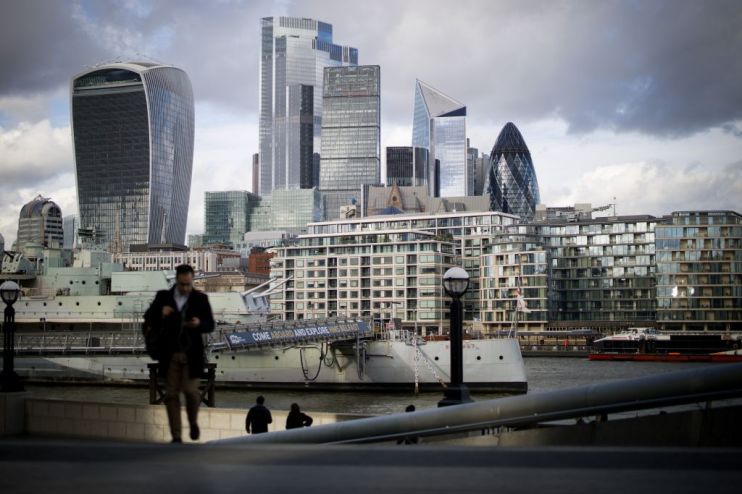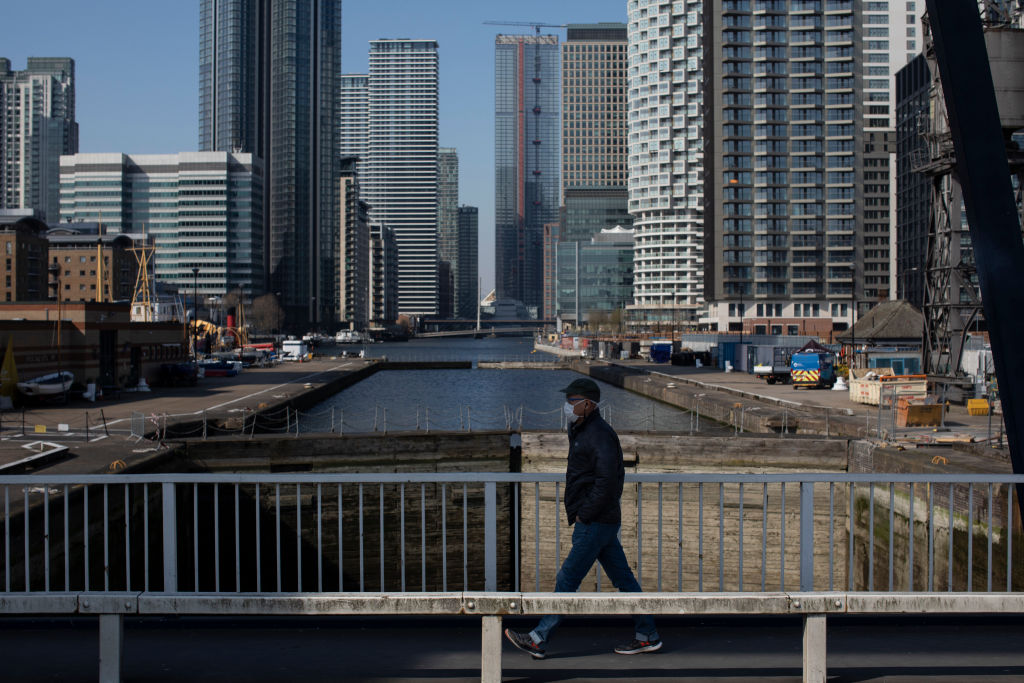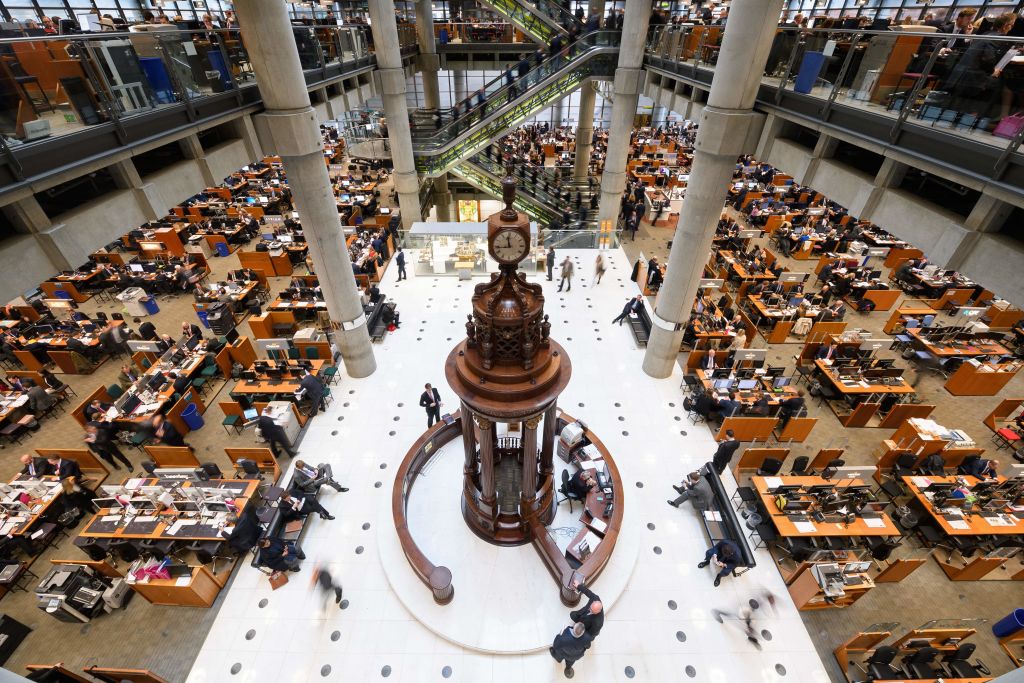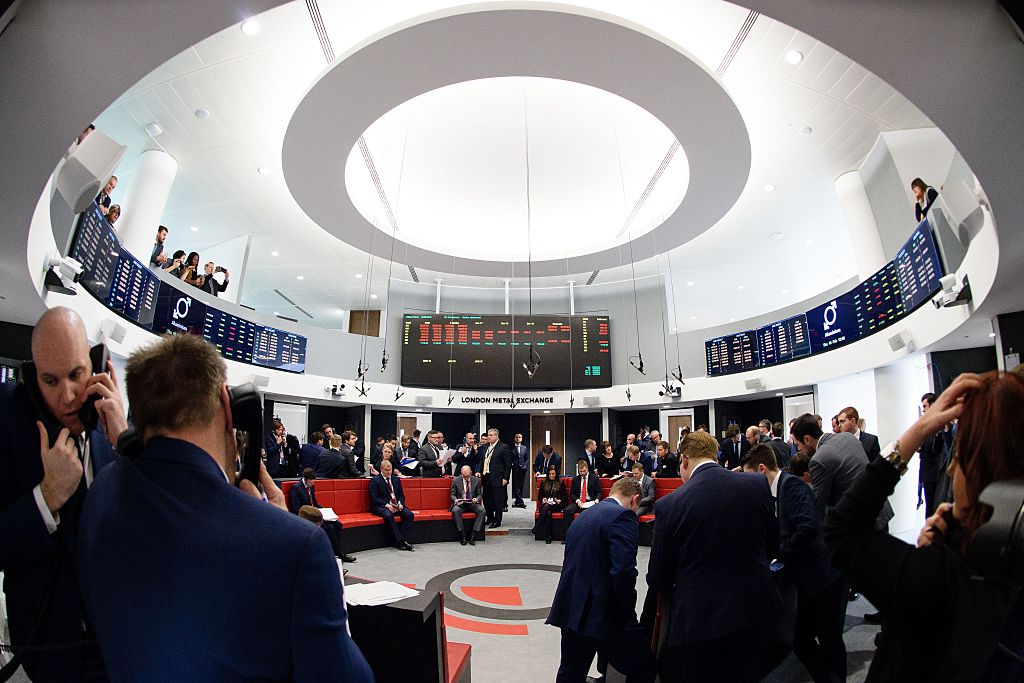The return to work: Here’s when City firms are going back to the office

Prime Minister Boris Johnson on Thursday said a strong recovery for the UK economy will require people to have the confidence to return to work at the office.
The government is worried that hospitality businesses are being hit hard by people working from home.
But London firms have adopted a more cautious approach than the government would have liked. Although three-quarters have already welcomed staff back to the office, the numbers have been small.
Morgan Stanley analysis showed British firms have been slower to bring workers back to their desks than counterparts in France, Germany, Italy and Spain.
The slow return prompted Johnson to say: “Unquestionably [an economic recovery] will require people to have the confidence to go back to work in a Covid-secure way.”
A City of London Corporation spokesperson said: “We want to get the Square Mile back on its feet as quickly as possible in a safe and sustainable manner.”
But the biggest firms in the City – where more than 500,000 people work – are in little rush to send all their staff back to their offices in the Square Mile and Canary Wharf.
Most would not comment on the record but flagged safety concerns and the success of working from home. Many said they intended to return staff to office work from September but said safety measures would keep capacity low.
Here is what some of the City’s biggest employers are saying about returning to the office.
Natwest
Natwest, formerly known as RBS, has told around 50,000 staff – the “vast majority” – that they can keep working from home until 2021. “It’s a cautious approach but we feel the right one to take currently,” an RBS memo said last month.
The banking giant, which is 62 per cent owned by the taxpayer, had initially planned to keep staff working from home until the end of September.
Lloyds
Currently around 50,000 of Lloyds’s roughly 65,000 employees are working from home. But they could start returning to workplaces from September, the bank said at its earnings call in late July.
Chief executive Antonio Horta-Osario said: “We would like people to return to the office when possible, subject to that being done in a safe way and also according to government advice.”
HSBC
The Canary Wharf-based bank told staff at the end of last month that only “a small number” of its tens of thousands of UK employees are working in its offices or branches. It said it will not return any more staff to the office “before September 2020 at the earliest”.
HSBC added that no more than 20 per cent of staff will return due to social distancing measures. And it said their return would be “on a phased basis”.
It will prioritise colleagues “carrying the greatest risk” working from home in the first stage of its return to work. And it will reportedly reduce social distancing to one metre.
Barclays
Chief executive Jes Staley said last week that 60,000 Barclays staff were working from home at “their kitchen tables”. Around 20,000 were working in offices and branches, he said.
But Staley said he would like to see employees return to the office “over time”. Staley told Bloomberg TV that “it is important to get people back together in physical concentrations”. Although he gave no concrete timeline, he added that firms had a responsibility to the wider areas in which their offices are based to return to them.

JP Morgan
Around 95 per cent of the US firm’s 19,000 UK staff – 12,000 of which are in London – have been working from home during the coronavirus pandemic. Sales and trading teams have maintained the biggest office presence, but even then 80 per cent were at home.
JP Morgan has slowly welcomed staff back to its offices on a voluntary basis and will gradually work its way up to 50 per cent of its buildings’ capacity. All staff are required to wear face masks in communal spaces – except at desks, which are spaced out.
JP expected just over 20 per cent of total London staff to be back in the office by 3 August.
Goldman Sachs
The Wall Street titan’s UK staff have slowly started to return to work at the office from mid-June. But only around 15 per cent of its roughly 6,500 staff are in the office on any given day. Around 40 per cent have returned to the office at some point since June.
Morgan Stanley
Around 90 per cent of the US banking giant’s Canary Wharf staff are still working from home. More and more are returning but it remains a trickle. Some teams have chosen to return on a rotating basis, with half in the office one week and half the next.
Before the Open: Get the jump on the markets with our early morning newsletter
Virgin Money
Around two-thirds of the challenger bank’s roughly 9,000 staff are currently working from home. Virgin said in its third quarter trading update that it expects working from home “to remain in place for at least the remainder of 2020”.
Lloyd’s of London

Centuries-old insurance marketplace Lloyd’s closed down its cavernous underwriting room in the east of the City during the pandemic. But it plans to reopen it on 1 September.
However, it said it would reduce the underwriting room’s capacity to 45 per cent due to social distancing guidelines. It is also installing clear screens on the underwriting desks or “boxes” as well as testing a virtual underwriting room.
London Stock Exchange Group
LSE, which employed 1,700 people in the UK in 2019, said in its latest results that most of its staff are still working from home. The market added that it expects “the majority of our employees to work remotely for the remainder of 2020”.
However, it expects up to 30 per cent to gradually return to the office “in some locations”.
The Bank of England
The UK’s central bank employed around 4,500 people in 2018, and most staff have been working from home during the pandemic. Yet governor Andrew Bailey said “some more staff” had begun to return to work at the office from 3 August.
“It’s up to a few hundred now,” he told reporters after the Bank’s monetary policy announcement. “And we’ll keep it under constant review, that’s our position. I just would say, I’m very keen obviously that all of us get back to normality as soon as we safely can.”
City of London Corporation
The corporation that runs the Square Mile has also seen the bulk of its staff work from home – although vital employees such as street cleaners and social workers helping the homeless have had to carry on as usual.
It intends to gradually bring people back to its ancient sites in the Guildhall and Mansion House. But the City said safety measures meant that less than 50 per cent of employees would be able to come back at one time.
London Metal Exchange
LME ran the last open-outcry trading floor in Europe until March, when the pandemic forced the noisy “ring” to temporarily close.
LME’s latest guidance cautioned that the trading floor is unlikely to reopen until the government ends or significantly changes its current one metre-plus social distancing advice, or there is a “widely available vaccine”.
UBS
The majority of the Swiss bank’s UK workforce – which stood at around 5,000 in 2017 – has been working from home. UBS currently has no firm schedule for staff to return to work. But it has set up its London office for social distancing with temperature checks at the door.

Nomura
Most of the Japanese bank’s roughly 2,000 London staff are working from home. It began returning staff to the office in early July and up to 10 per cent are now back. It plans to gradually continue a staggered return and encourage flexible working.
Nomura has instituted temperate checks on arrival at its offices and said face masks must be worn around the buildings. It has supplied staff with protective equipment.
ING
Dutch bank ING said the “vast majority” of its approximately 750 UK staff are working from home. It is planning to gradually return workers from September. “Return to the office is on a voluntary basis,” said Malgorzata Kolakowska, ING’s UK chief executive.
“However, it’s clear that working from home has been successful for ING,” she added. “We do not want to lose this benefit, which means a number of flex working arrangements will be retained.”
Standard Chartered
Stanchart has been running at no more than 10 per cent office capacity since staff were encouraged to work from home. It has no concrete plans but is not likely to ask workers to return before September.
Credit Suisse
The number of staff currently in the Swiss lender’s London offices is in the low hundreds. It is considering increasing that number in September but is currently weighing up the government guidelines and staff concerns.
Credit Suisse has created one-way routes around the offices, changed desk layouts and made masks and sanitiser available.
Commerzbank
The German lender’s London office is open but most staff are still working from home. It wants to gradually increase the number of employees in the office but has no fixed time frame.